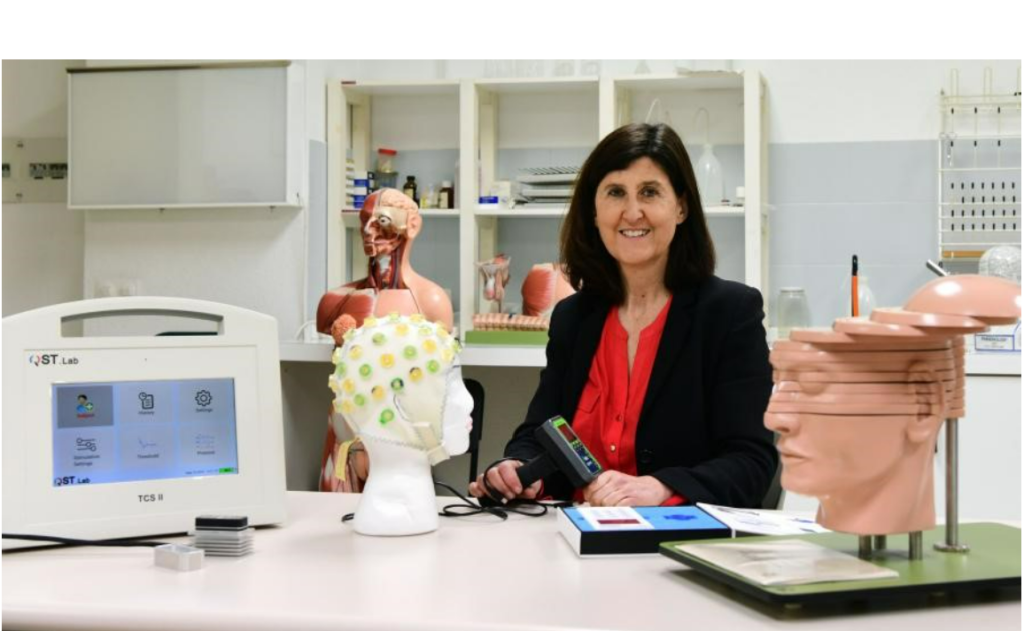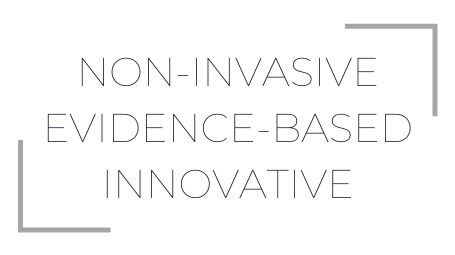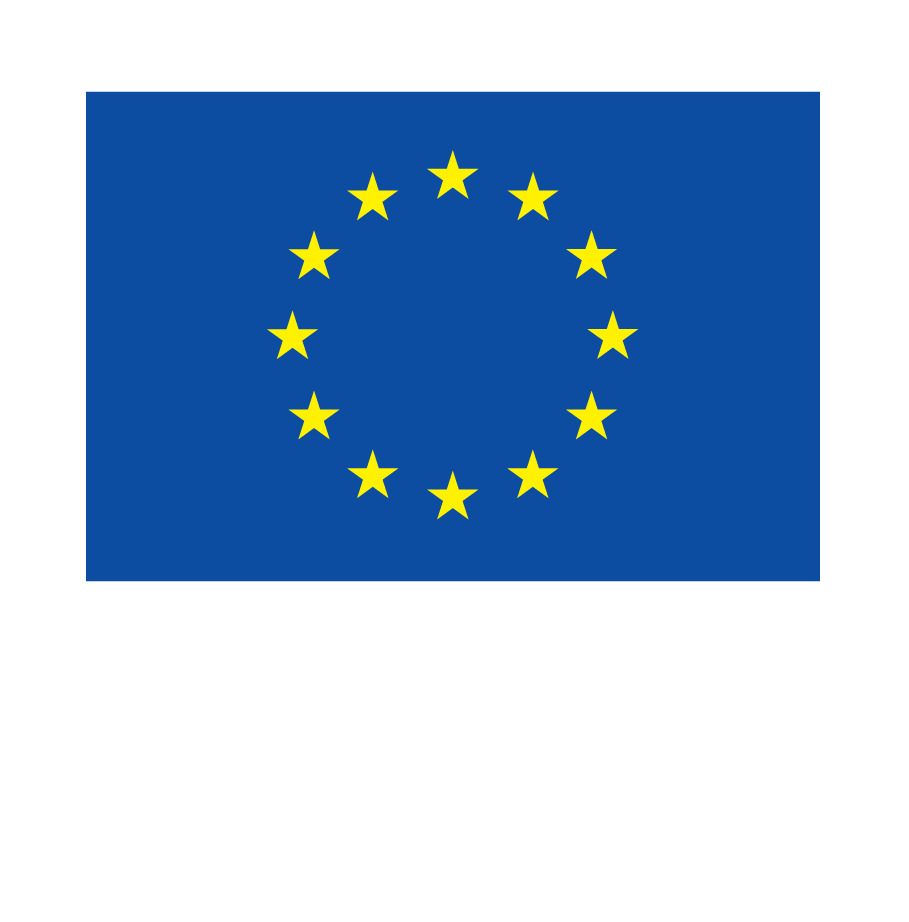About PAINLESS

The PAINLESS Consortium
The PAINLESS project is an international and multidisciplinary initiative that seeks to understand the mechanisms underlying cancer-related pain and to provide an alternative to pharmacological relief. PAINLESS uses an evidence-based and innovative approach to investigate a novel, cost-effective, and home-based intervention to manage cancer-related pain using neuromodulation. The PAINLESS project consortium comprises over twenty institutions and is coordinated by Universidade de Santiago de Compostela.
The PAINLESS Concept

Prof. María Teresa Carillo de la Peña, USC.

Pain is a common symptom of cancer that negatively affects quality of life. While approximately 80% of individuals with cancer-related pain experience relief with medication, 20% show limited response to pharmacological interventions and require access to alternative methods of alleviating pain.
PAINLESS seeks to reduce pain and improve the quality of life of individuals with cancer using neuromodulation – a non-invasive application of low frequency currents to increase or decrease the excitability of a group of neurons.
Neuromodulation is applied using transcranial electric stimulation, where small electric currents are applied through electrodes placed on the scalp. Overtime, this method can modify the neural mechanisms associated with chronic pain and provide pain relief. Overall, transcranial stimulation is a non-invasive, well-tolerated, and safe procedure.
The PAINLESS Objective
Our objective is to develop & test an innovative, evidence-based service model for individuals with cancer pain.
This objective will be achieved by:
- Testing how pain modulation may improve our understanding of cancer pain mechanisms
- Developing a protocol to assess biomarkers of central pain processing
- Examining how successfully transcranial electric stimulation can improve symptom burden and quality of life
- Assessing the feasibility of using home-based transcranial electric stimulation
- Analysing how age, sex, and cancer-related variables may affect the central mechanisms of pain and the response to transcranial electric stimulation
- Assessing the cost-effectiveness of the PAINLESS service model
- Evaluating the feasibility of integrating PAINLESS into European health systems




